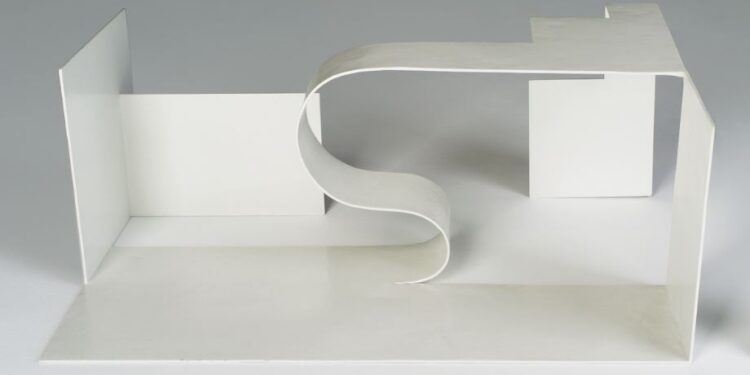From Moscow to Masterpieces
Katarzyna Kobro’s story begins in the culturally rich landscape of Moscow, born into a family uniquely blending German and Russian roots. Migrations and exposure to myriad art influences marked her early life. Moving from Riga to Moscow, she eventually studied alongside Kazimir Malevich and Alexander Rodchenko. But her eventual union with Polish artist Władysław Strzemiński would truly redefine her destiny.
Finding Footing in Poland
Once in Poland, Kobro didn’t simply adapt to her new surroundings; she thrived. She threw herself into the buzzing art scene alongside her husband, co-founding the avant-garde Praesens Group. Although her stint with the group was short-lived, it began her revolutionary path in the arts. Following this, the a.r. group was formed, becoming a stronghold for like-minded artists pushing boundaries in visual art.
Constructivism and the Concept of Space
Kobro’s style was anything but ordinary. Dipping into the essence of Constructivism, she created sculptures that broke away from tradition. Rejecting the constraints of Aestheticism, she ventured into the realms of objectivity and form. Her vision of infinite space made her stand out, conceptualizing it without any defined reference points. Her sculptures became synonymous with spatial coexistence, allowing room to penetrate and interact with her creations freely.
The Legacy of Katarzyna Kobro
The world remained aware of Kobro’s prowess. Her footprint on the art world was profound and memorable, from influencing artists like Georges Vantongerloo to showcasing her works in globally renowned museums like the Museum of Modern Art. Notably, her influence transcended just the world of art. In a gesture of celestial appreciation, a crater on Mercury bears her name, and technology giant Google celebrated her with a Doodle.
In Retrospect
Katarzyna Kobro wasn’t just an artist; she was a revolutionary. With her unique understanding of space and unwavering commitment to breaking artistic norms, she redefined what it meant to be a sculptor. Through her works and teachings, she leaves a legacy that continues to inspire and evolve, a testament to the timeless power of genuine artistry.
Also, Read Safety First: Essential Tips for Kids Scooter Riders.
FAQs
Who was Katarzyna Kobro?
Katarzyna Kobro was a prominent Polish avant-garde sculptor and a leading figure in the Constructivist movement in Poland. She was known for her innovative approach to abstract sculpture and emphasis on integrating spatial rhythm and modern science in visual art.
Where was Katarzyna Kobro born?
She was born on 26 January 1898 in Moscow to a family of mixed German and Russian heritage.
How did she end up in Poland?
Katarzyna immigrated to Poland in the early 1920s after marrying Polish artist Władysław Strzemiński. She then obtained Polish citizenship in 1924.
What was unique about her style?
Kobro’s artistic style rejected traditional Aestheticism, favoring absolute objectivism of form. Influenced by Constructivism, she emphasized creating art based on universal, objective rules, allowing space to interact freely with her sculptures without defined reference points.
Who were her contemporaries?
During her early years, she was associated with several renowned artists like Kazimir Malevich, Olga Rozanova, Vladimir Tatlin, and Alexander Rodchenko at the Moscow Union of Artists.
What groups did she co-found or join?
Kobro co-founded the Praesens Group and later the a.r. group in Poland. She also joined the international Abstraction-Création group in 1932.
What’s the significance of the crater named after her on Mercury?
The International Astronomical Union honored Katarzyna Kobro’s immense contribution to the world of art by naming a crater on Mercury after her in 2012.
How did Google commemorate her?
On 26 January 2022, Google celebrated Katarzyna Kobro’s 124th birthday with a special Doodle dedicated to her.
Why is she considered a revolutionary in the world of sculpture?
Kobro redefined traditional sculpting with her unique approach to space, creating pieces that allowed unrestricted interaction between the sculpture and the surrounding area. This groundbreaking perspective and her commitment to breaking artistic norms made her a revolutionary in her field.
Where can I see her work?
Katarzyna Kobro’s masterpieces have been showcased in prestigious museums globally, including Centre Pompidou, Museo Reina Sofia, Museum of Modern Art, Moderna Museet Malmö, and Whitechapel Gallery.















